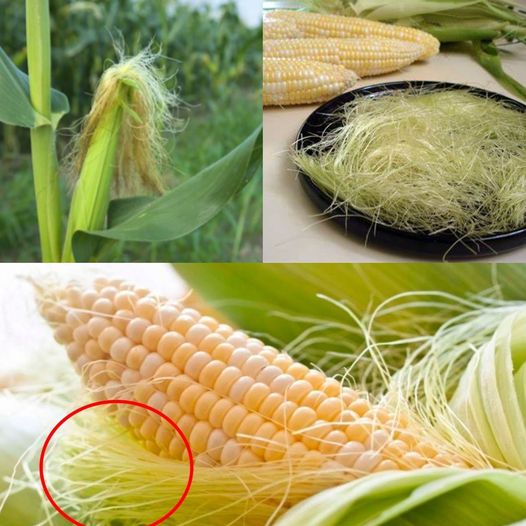ADVERTISEMENT
Corn silk, the long, silky threads that run the length of a corncob beneath the green husk, is often discarded without a second thought. However, this part of the corn plant is packed with nutrients and has been used in traditional medicine for centuries. Here’s why you should think twice before tossing out corn silk and how you can use it to boost your health.
Nutrient-Rich Composition
Corn silk contains proteins, vitamins, carbohydrates, calcium, potassium, magnesium, and sodium, along with a variety of volatile and non-volatile compounds that contribute to its medicinal properties. It is particularly noted for its diuretic, anti-inflammatory, and antioxidant properties.
Benefits for Urinary Health
One of the most recognized benefits of corn silk is its role in supporting urinary tract health. It acts as a natural diuretic, helping to flush excess water and waste from the body. This can help prevent the formation of kidney stones and relieve symptoms of urinary tract infections (UTIs).
Blood Sugar Regulation
Corn silk has been shown to have blood sugar-lowering properties, making it a beneficial addition for those managing diabetes. It helps in reducing blood sugar levels by influencing insulin secretion and glucose absorption.
Cholesterol Management
The components in corn silk can also aid in the reduction of bad cholesterol (LDL) levels, contributing to heart health. Its use has been associated with a decrease in blood pressure and improvement in overall cardiac function.
Anti-Inflammatory Effects
Due to its anti-inflammatory properties, corn silk can help reduce pain and swelling. It’s particularly useful for conditions like gout, arthritis, and other inflammatory ailments.
How to Use Corn Silk
CONTINUE READING NEXT PAGE
ADVERTISEMENT
